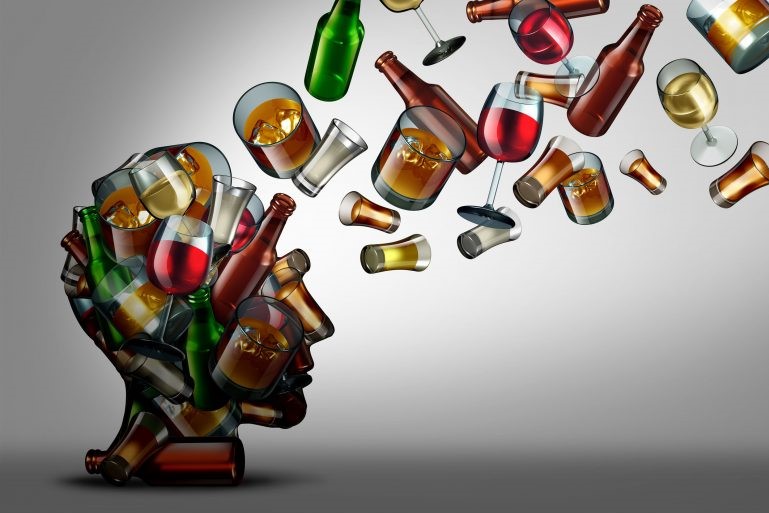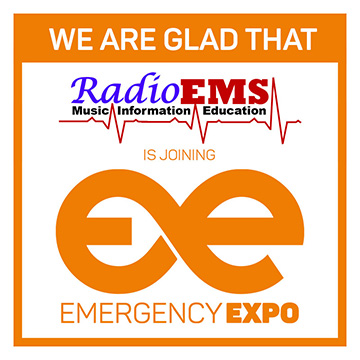
Treating Insomnia in People with Alcohol Use Disorder
Insomnia affects 6%-15% of the general population and about 58% of people with Alcohol Use Disorder (AUD; Brower, 2015)
People with AUD often present significant sleep disturbances (Brooks et al., 2021).
Alcohol, in fact, negatively influences certain sleep patterns, e.g:
- it reduces the amount of REM (Rapid Eye Movement) sleep;
- increases the frequency of nightmares;
- makes sleep more fragmented and shallow;
- causes snoring.
Impaired sleep can cause worsened cognitive functioning (e.g., performance related to working memory; Thomas et al., 2015) and lead to marked difficulties in emotional regulation (Baum et al., 2014).
These negative consequences, in turn, may decrease the ability to resist alcohol use and may increase alcohol-related problems.
Alcohol, TCC-I for people with AUD
The effectiveness of the TCC-I (Cognitive Behavioural Therapy for Insomnia) protocol in persons with AUD has been little investigated (Bowyer et al., 2022).
One reason is that abstinence (or the goal of abstinence) is a prerequisite for the treatment of insomnia in persons with AUD, which is difficult to maintain.
This is especially an obstacle in the treatment of insomnia among young adults, 30% of whom report episodes of binge drinking (binge drinking in which five or more alcoholic beverages are consumed on one occasion; Patrick et al., 2017) and various alcohol-associated problems (Hingson et al., 2016), but without the intention to initiate treatment to help them reduce or eliminate their alcohol intake (Wells et al., 2007).
The study by Miller et al. (2021) was conducted in order to evaluate whether the TCC-I protocol could be effective for young adults (18-30 years) who presented with insomnia and binge-drinking.
The participants were divided into two groups: one participated in the TCC-I protocol and one in the sleep hygiene protocol.
The results showed that the group that had followed the TCC-I programme had a greater decrease in insomnia symptoms than the other group.
A direct effect of TCC-I on the consequences of alcohol intake was not found, but improvements in sleep were associated with a decrease in negative consequences of alcohol intake.
Conclusions
TCC-I represents an additional intervention to be included in the treatment pathway of people with AUD, especially when sleep is insufficient in quantity and/or quality.
However, further studies are needed to investigate the effectiveness of this protocol on people with AUD.
Bibliographic references
Baum K.T., Desai A., Field J., Miller L.E., Rausch J. & Beebe D.W.. (2014). Sleep restriction worsens mood and emotion regulation in adolescents. J Child Psychol Psychiatry, 55(2): 180-190.
Bowyer G.E., Brooks T.M. & Conroy D.A. (2022). CBT-I in patients with alcohol use and cannabis use disorders. Editor(s): Nowakowski S., Garland S.N., Grandner M.A. & Cuddihy, L.J. Adapting Cognitive Behavioral Therapy for Insomnia. Academic Press. 205-215.
Brooks A.T., Kazmi N., Yang L., Tuason R.T., Krumlauf M.C. & Wallen G.R. (2021). Sleep-Related Cognitive/Behavioral Predictors of Sleep Quality and Relapse in Individuals with Alcohol Use Disorder. Int J Behav Med, 28(1): 73-82.
Brower K.J. (2015). Assessment and treatment of insomnia in adult patients with alcohol use disorders. Alcohol, 49(4): 417-427.
Hingson R., Zha W., Simons-Morton B. & White A. (2016). Alcohol-induced blackouts as predictors of other drinking-related harms among emerging young adults. Alcohol Clin Exp Res, 40(4): 776-784.
Miller M.B., Deroche C.B.. , Freeman L.K., Park C.J., Hall N.A., Sahota P.K. & McCrae C.S. (2021). Cognitive behavioral therapy for insomnia among young adults who are actively drinking: a randomized pilot trial. Sleep, 44(2): zsaa171.
Patrick M.E., Terry-McElrath Y.M., Miech R.A., Schulenberg J.E., O’Malley P.M. & Johnston L.D. (2017). Age-specific prevalence of binge and high-intensity drinking among U.S. young adults: changes from 2005 to 2015. Alcohol Clin Exp Res, 41(7): 1319-1328.
Thomas A.G., Monahan K.C., Lukowski A.F. & Cauffman E. (2015). Sleep problems across development: a pathway to adolescent risk taking through working memory. J Youth Adolesc, 44(2): 447-464.
Wells J.E., Horwood L.J. & Fergusson D.M. (2007). Reasons why young adults do or do not seek help for alcohol problems. Aust N Z J Psychiatry, 41(12): 1005-1012.
Read Also:
Emergency Live Even More…Live: Download The New Free App Of Your Newspaper For IOS And Android
Seasonal Affective Disorder (SAD), The Other Name For Meteoropathy
Depression, Symptoms And Treatment
Alcoholic And Arrhythmogenic Right Ventricular Cardiomyopathy
In Daily Life: Dealing With The Paranoid
Paranoid Personality Disorder: General Framework
The Developmental Trajectories Of Paranoid Personality Disorder (PDD)
Reactive Depression: What It Is, Symptoms And Treatments For Situational Depression
Earthquake And Loss Of Control: Psychologist Explains The Psychological Risks Of An Earthquake
Affective Disorders: Mania And Depression
ALGEE: Discovering Mental Health First Aid Together
Rescuing A Patient With Mental Health Problems: The ALGEE Protocol
Basic Psychological Support (BPS) In Panic Attacks And Acute Anxiety
What Is Postpartum Depression?
How To Recognise Depression? The Three A Rule: Asthenia, Apathy And Anhedonia
Postpartum Depression: How To Recognise The First Symptoms And Overcome It
Postpartum Psychosis: Knowing It To Know How To Deal With It
Schizophrenia: What It Is And What The Symptoms Are
Childbirth And Emergency: Postpartum Complications
Intermittent Explosive Disorder (IED): What It Is And How To Treat It
Baby Blues, What It Is And Why It Is Different From Postpartum Depression
Depression In The Elderly: Causes, Symptoms And Treatment


